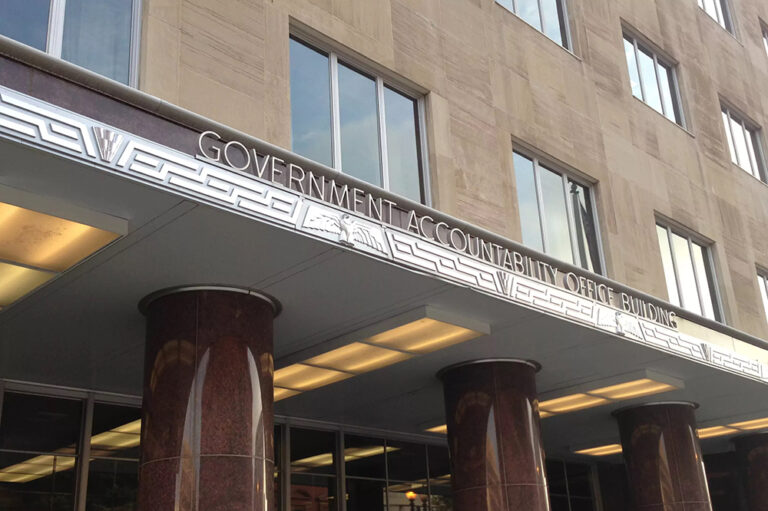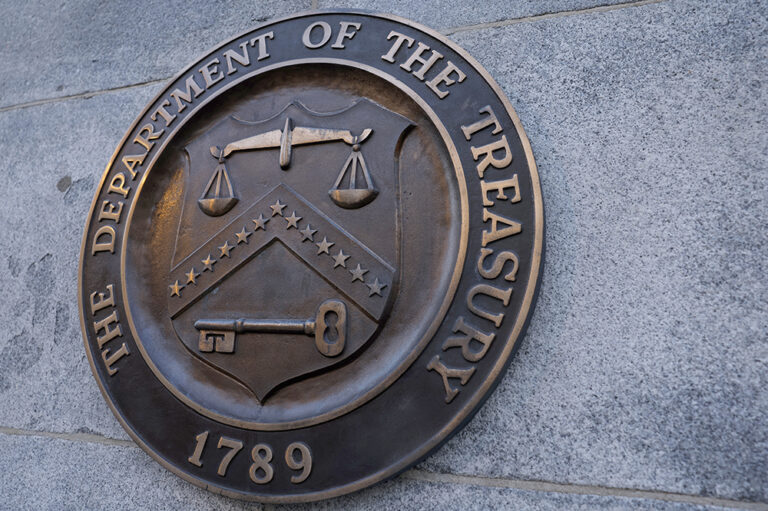The term “earmark” refers to federal spending for a specific project for a particular congressional district, locality, or state. Earmarks have been controversial, but nevertheless were reinstated by Congress in 2021 after a 10-year moratorium. Some argue that earmarks help create a smoother and more transparent appropriation process, enabling local jurisdictions to more directly request and access funds that are well-targeted to their needs. On the other hand, some believe that earmarks too often reflect wasteful spending on “pet projects” that are used as tokens in the larger budget process. Let’s look at earmarks as part of the budget, economy and our overall fiscal outlook.
What Are Earmarks in an Appropriation Bill?
Earmarks, also known as “congressionally directed spending” or “community project funding,” allow legislators to allocate funding to specific projects in their jurisdiction. Definitions and rules surrounding earmarks vary between the House and Senate, but such funds can be used for spending at the request of a member who must submit a certification letter explaining the purpose of the funds. An earmark is authorized via a provision written into an appropriation bill that directs a specific amount of money to a certain entity for a project. What separates earmarks from the broader appropriation process is that they are generally targeted to spending that serves only a local or special interest (such as $8,000 for a harbor project by U.S. Army Corps of Engineers in Maryland) rather than provided as part of a lump sum to an agency to distribute according to its evaluation process.
Without the ability to earmark, members of Congress would have to find other avenues for acquiring funding for a favored project, such as encouraging the beneficiary to submit a grant request to the relevant agency or go on the record and argue for funding before a committee.
What Is the History of Earmarks?
The Constitution broadly gives the Legislative Branch the power to spend, but lawmakers have been historically hesitant to use direct federal dollars to fund local projects that could be handled by state or local governments. Beginning in the 1980s, earmarks became a more widely accepted practice, as lawmakers increasingly began allocating federal funds directly to help their constituents with local projects. In the 1990s, the use of earmarks in Congress became increasingly frequent, and they eventually became codified by formal definition in 2007. Around the same time, earmarks were linked to heightened corruption — most infamously, the “Bridge to Nowhere,” where an Alaska representative directed $223 million of taxpayer funds to construct a bridge between a small Alaskan town and an even smaller island (50 residents) that housed an airport. Another example of misuse was when a California representative resigned and pleaded guilty to accepting kickbacks from military contractors for directing earmarks to them.
After earmarks were linked to corruption, lawmakers implemented reforms, including requiring Members of Congress to add their names to the earmarks and enhancing the transparency of earmark recipients. Those new transparency and ethics rules helped reduce earmark spending — such budget authority averaged 2.8 percent of discretionary spending per year from 2000 to 2006, before dropping to an annual average of 1.3 percent over the 2007 to 2010 period. In response to growing concerns over earmarks, despite the reforms, Congress began a 10-year earmark moratorium, or ban, in 2011. Because the moratorium existed in the bylaws of political parties, and not in House or Senate rules, some earmarks still made it into appropriation bills during that period.
How Much Do Earmarks Account for in the Federal Budget?
Earmarks officially made their return in 2021, but new budgeting guidelines from the House and Senate Committees on Appropriations capped earmark spending at 1.0 percent of discretionary budget authority. For fiscal year 2024 (FY24), the most recent year for which data is available, the House initially stated that it would cap its congressionally directed spending at 0.5 percent of total discretionary spending, however, no such changes ended up being made.
In FY24, congressionally directed spending remained well under the cap and accounted for 0.8 percent of discretionary spending, or approximately 0.2 percent of total federal outlays. Congress passed 8,098 earmark projects that cost $14.6 billion in FY24, which was similar to FY23 levels (7,233 projects approved at an estimated cost of $15.3 billion). Congressionally directed spending in both fiscal years 2023 and 2024 was less than the average of $17.8 billion for fiscal years 2008 through 2010, which were the last three years before the moratorium.
Earmarks fund a wide range of projects. In 2024, the largest categories of earmarks went towards community development projects (which include economic development and efforts to prevent homelessness) and environmental projects (such as flood mitigation and water infrastructure). Other projects fall under transportation, national defense, health, and education.
Should Earmarks Be a Part of the Federal Budget Process?
Critics of earmarks dismiss them as wasteful “pork barrel” spending that allows lawmakers to use federal taxpayer money to fund pet projects without public debate or discussion. They also worry that lobbyists and special interest groups have undue influence in deciding how the funding is allocated, inviting fraud, waste, and abuse. Furthermore, critics believe earmarks can actually work against the local areas they are trying to help because earmarks chip away at state and local authority over projects. Instead, opponents of earmarks believe projects should be funded through formula-based grants or paid for by state and local revenues. Another critique of earmarks is that they reduce the ability of agencies to adopt long-term and big picture goals because they are required to use earmark funds for a particular project rather than allocating resources to projects aligned with agency goals.
Proponents of earmarks, on the other hand, believe they allow for responsiveness to local needs and provide lawmakers the ability to demonstrate priorities at home and fight for the interests of their constituents in a transparent way, especially with more recent disclosure requirements. Supporters find earmarks necessary to finance projects that state or local governments could have difficulty funding. Additionally, proponents argue that earmarks promote collaboration and incentivize alignment in the development of major legislation, as funding for local projects gives lawmakers an individualized stake in the budget process and motivates them to pass appropriations on time.
Conclusion
Earmarks support specific projects at the local level and are a small — but high profile and, at times, controversial — part of annual discretionary spending. Looking at the big picture, earmarks receive a lot of attention but they are not a significant contributor to the overall imbalance between spending and revenue that defines the nation's unsustainable national debt.
Photo by Getty Images
Further Reading
How Much Do We Spend on the Federal Workforce?
Here, we examine the federal government’s expenditure on its workforce, the evolution of its size over time, and the opportunities for budget savings.
589 Ways to Improve Government Efficiency and Reduce Deficits
A new report outlines ways to find cost savings by reducing overlap, duplication, and fragmentation across the federal government.
What Are Treasury’s “Extraordinary Measures” on the Debt Ceiling?
When the government reaches its debt ceiling, the Treasury can use various accounting maneuvers, so-called “extraordinary measures,” to forestall a default.


